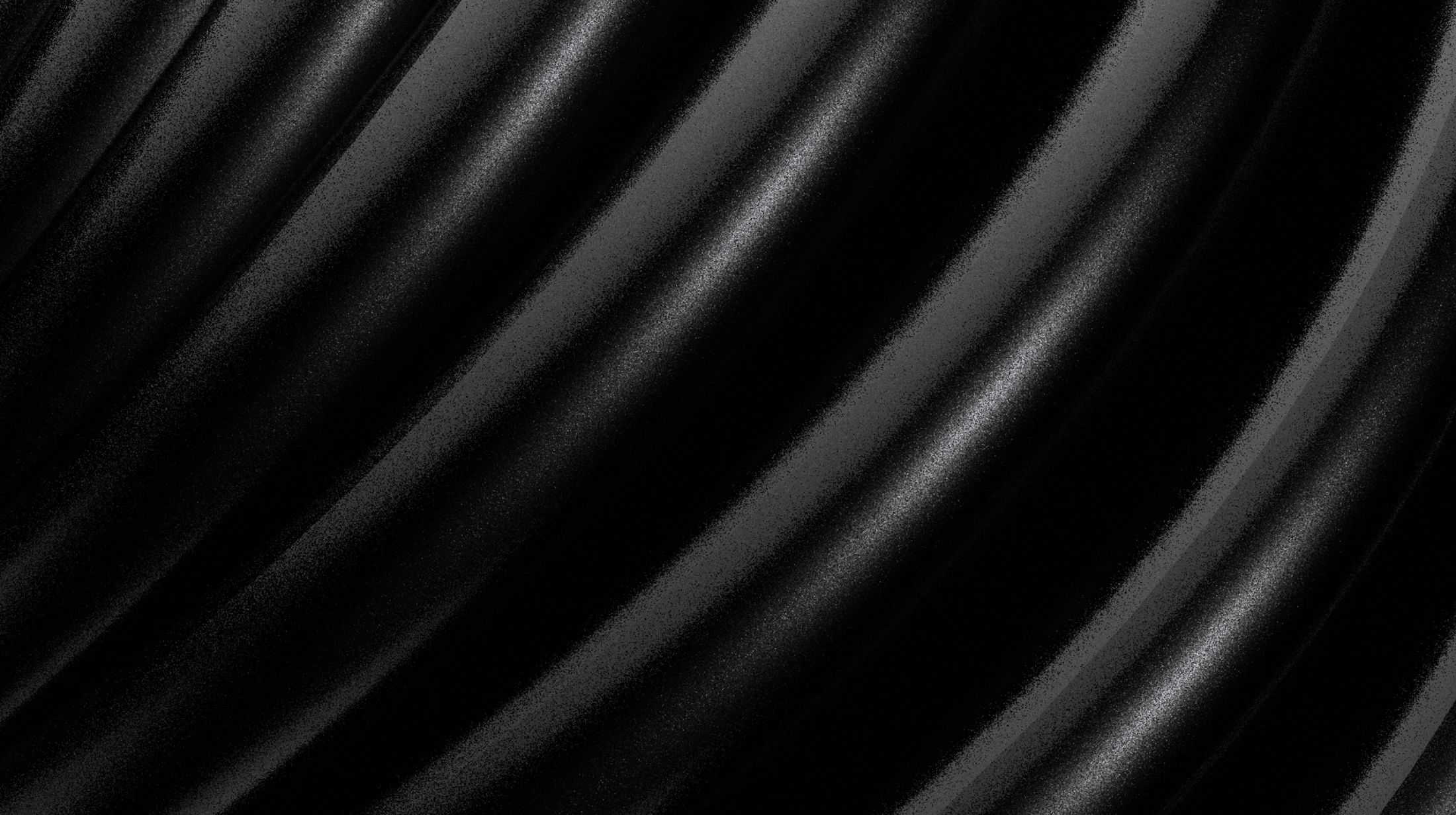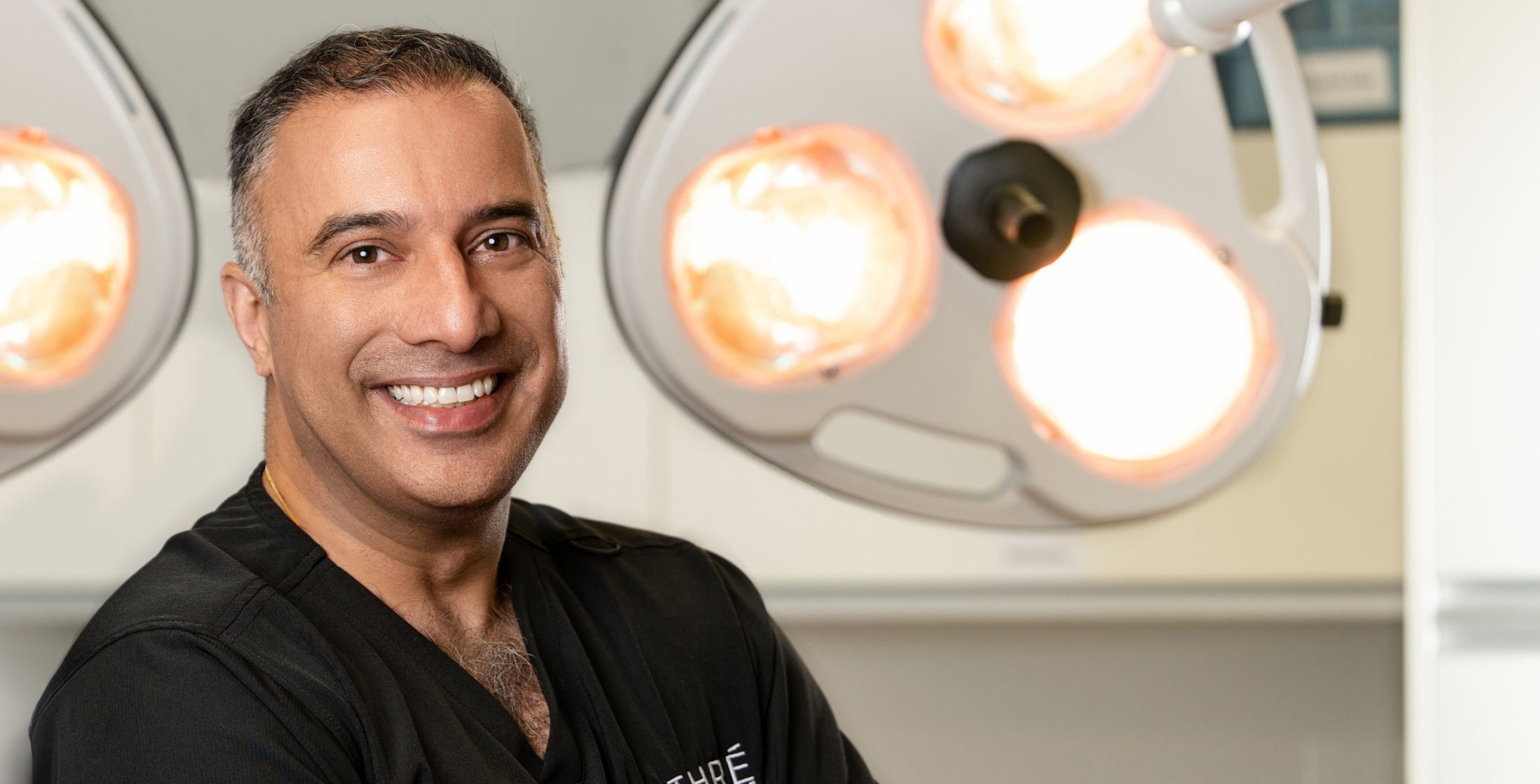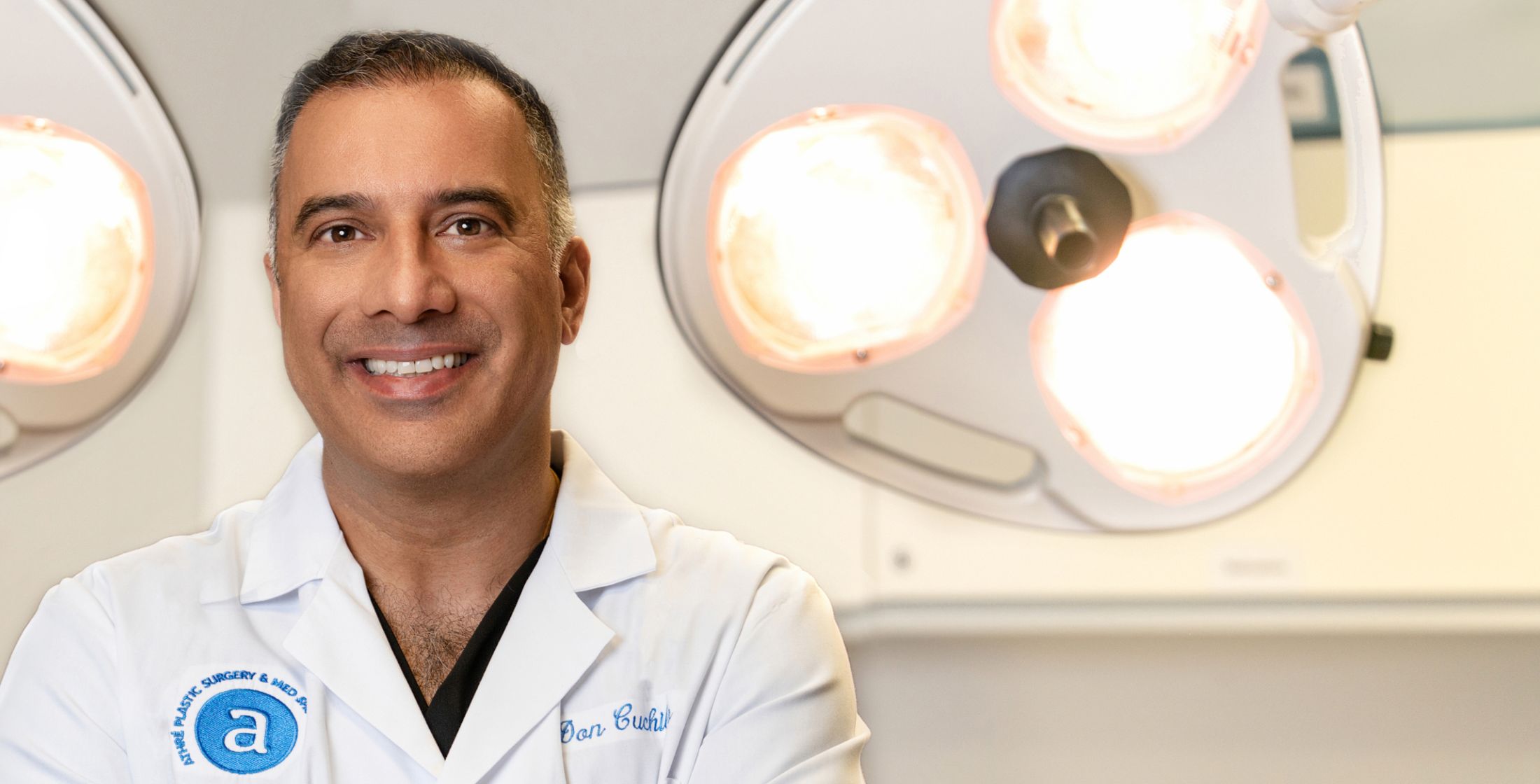



Reveal healthy, dewy skin with a Houston chemical peel tailored to you. At Athré Facial Plastics, we understand the importance of personalized care when it comes to achieving your skin goals. Our double board-certified plastic surgeon, Dr. Raghu Athré, offers a variety of chemical peel options tailored to your specific needs.
A chemical peel uses a chemical solution to remove damaged skin cells, promote cellular turnover, and reveal smoother, more youthful-looking skin. With our expertise and commitment to delivering exceptional results, you can trust that your journey to radiant, youthful skin is in capable hands.

Chemical peels are a popular, non-invasive skincare treatment that involves the application of a chemical solution to the skin's surface, starting a process of exfoliation. Chemical peels are formulated with various acids to target different skin concerns and achieve varying depths of rejuvenation. Careful application of this solution causes the outer layers of the skin to peel away, revealing a fresher, more youthful complexion underneath. At Athré Facial Plastics, we offer Houston chemical peel patients several options, from superficial peels for mild skin concerns to deeper peels to target more significant issues.
Consultation: The first step of your chemical peel is a detailed consultation with Dr. Athré. He will listen to your goals, examine your skin type and concerns, and review your medical history. This information helps him recommend the most suitable peel depth (superficial, medium, or deep) and the specific acids that will best address your unique needs. Dr. Athré will also explain the entire procedure, including what to expect during the application, potential side effects, and the recovery timeline. You might be advised to adjust your skincare routine or avoid certain medications before your peel to ensure a safe and effective treatment.
Treatment: The chemical peel procedure starts with cleansing your skin to remove any makeup or oils. Depending on the peel depth, a numbing cream might be applied for comfort. Deeper peels may involve local anesthesia and sedation. Then, the chosen chemical solution is meticulously applied to the treatment area. You might feel a burning or stinging sensation, but we work to ensure optimal comfort and safety. Dr. Athré will monitor your reaction to the chemical solution and adjust the application accordingly. Depending on the type of peel, a neutralizing solution may be applied to stop the chemical action.

With chemical peels Houston patients can get three depths: superficial, medium, and deep. Each type of peel targets a different layer of skin and treats specific concerns:
Superficial or light peels target the outermost layer of skin (epidermis) and are ideal for addressing mild skin concerns like uneven texture, dullness, and fine lines. They cause minimal peeling and have little downtime. Light peels or often formulated with an alpha hydroxy acid (AHA) like glycolic acid or lactic acid, a beta hydroxy acid (BHA) like salicylic acid, or phytic acid. Often, light peels contain some combination of these solutions, depending on your needs.
These peels penetrate deeper into the epidermis and reach the upper part of the dermis, the layer below. They address more noticeable concerns like acne scars, deeper wrinkles, and uneven skin tone. A medium-depth chemical peel causes moderate peeling and requires more downtime for the shedding and healing process. Medium chemical peels are often formulated with alpha hydroxy acid (glycolic acid or lactic acid) in higher concentrations than superficial peels. Trichloroacetic acid (TCA) is a stronger acid used in some medium-depth peels to address concerns like deeper wrinkles.
A deep chemical peel is the most intensive, reaching the lower reticular layer of the dermis. It targets severe wrinkles, sun damage, and precancerous lesions. Deep peels cause significant peeling and require extensive recovery time, but they also offer the most dramatic improvement. They should only be performed by a qualified provider. As a double-board-certified plastic surgeon with extensive experience, Dr. Athré delivers a safe and effective deep chemical peel treatment. The most common chemical solution used in a deep peel at Athré Facial Plastics is trichloroacetic acid (TCA).

Chemical peels are versatile treatments that can address a variety of skin concerns:
Chemical peels are a convenient and effective way to boost your skin's appearance and health. They offer many benefits for anyone seeking a non-surgical method to revitalize their appearance:
Chemical peels are suitable for most people seeking to improve their skin's appearance. However, certain factors, such as skin type, medical history, and specific skin concerns, will be considered to determine the most appropriate peel for you. If you are prone to cold sores, Dr. Athré may prescribe an antiviral medication to take before, during, and after your chemical peel to prevent triggering an outbreak. During your consultation, Dr. Athré will evaluate your candidacy and create a personalized treatment plan tailored to your needs.


The recovery process for chemical peels varies depending on the depth of the peel. Superficial peels and medium peels typically require minimal downtime, while deeper chemical peels may involve a more extensive recovery period. We will provide you with detailed instructions on how to care for the treated skin during the healing process, including protecting your skin from sun exposure and keeping it well hydrated.

The results of your chemical peel will become increasingly visible as your skin continues to heal and renew itself. While some improvements may be noticeable immediately, the full effects may take several weeks to fully develop. With proper aftercare and maintenance, the results of your chemical peel can last for several months, leaving you with a refreshed, youthful complexion. Additionally, scheduling regular chemical peels can extend these benefits! Dr. Athré can customize a treatment plan for your specific needs.
A chemical peel is a form of chemical exfoliation designed to remove damaged skin cells and replace them with new, healthy cells. A light peel reaches the outermost layer of the skin, the epidermis. A medium peel penetrates deeper into the epidermis and reaches the upper part of the dermis. Deep peels reach the deepest layer of the dermis, called the reticular dermis.
The frequency of chemical peels depends on the depth of the peel and your individual skin concerns. Superficial peels can typically be repeated every 4-6 weeks. Deeper chemical peels require more time between treatments.
Most patients experience mild discomfort or stinging during the chemical peel process, but this is generally well-tolerated. A deep chemical peel can cause more discomfort, so local anesthesia or local anesthesia with sedation may be administered to minimize sensation. Our team will ensure your comfort throughout the treatment.
The longevity of your chemical peel results can vary, but with proper skin care and sun protection, the effects can last for several months. Dr. Athré may recommend regular peels to keep your skin in optimal condition.
Yes, chemical peels can often be combined with other cosmetic treatments, such as laser resurfacing or dermal fillers, to achieve more comprehensive results. Dr. Athré will discuss the best treatment plan for your specific goals.
Chemical peels may cause temporary side effects such as redness, peeling, and mild irritation. These side effects are more pronounced with a deep peel, which typically requires a few weeks of downtime. More significant side effects are rare when the treatment is performed by an experienced professional like Dr. Athré. It is very important to follow all aftercare instructions in order to protect and nourish your treated skin.
Prior to your chemical peel, our team will provide you with specific instructions on how to prepare your skin. This may include avoiding certain skincare products, staying out of direct sunlight, and discontinuing certain medications.
The timeline for results can vary depending on the depth of the peel and your individual skin condition. Superficial peels may show improvements within a week, while deeper peels can take several weeks to reveal their full effects.
Light peels require minimal downtime (1-7 days). You might experience mild redness, swelling, and light peeling for a few days, but most people can quickly resume normal activities. Consistent moisturizing and sun protection are essential for optimal healing.
Medium peels penetrate deeper, reaching the upper dermis. Downtime is moderate (7-14 days), with more noticeable redness, swelling, and peeling for the first week. You might need to use prescribed ointments and strictly avoid sun exposure. While some discomfort is possible, it's usually manageable.
Deep peels are the most intensive, targeting the deepest layer of the dermis. Expect significant downtime (14-21 days) with severe redness, swelling, crusting, and intense peeling. Discomfort and pain are common but controllable with medication. Strict adherence to a prescribed skincare routine, including ointments, moisturizers, and sun protection for several months, is vital for optimal healing and minimizing side effects.